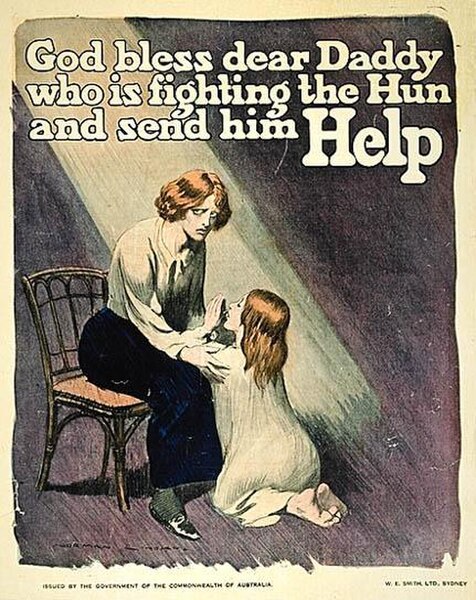Norman Alfred William Lindsay was an Australian artist, etcher, sculptor, writer, art critic, novelist, cartoonist and amateur boxer. One of the most prolific and popular Australian artists of his generation, Lindsay attracted both acclaim and controversy for his works, many of which infused the Australian landscape with erotic pagan elements and were deemed by his critics to be "anti-Christian, anti-social and degenerate". A vocal nationalist, he became a regular artist for The Bulletin at the height of its cultural influence, and advanced staunchly anti-modernist views as a leading writer on Australian art. When friend and literary critic Bertram Stevens argued that children like to read about fairies rather than food, Lindsay wrote and illustrated The Magic Pudding (1918), now considered a classic work of Australian children's literature.
Lindsay in 1921, photographed by Harold Cazneaux
Norman and Rose Lindsay c. 1920, photographed by Harold Cazneaux
Norman Lindsay, The trumpet calls (Sydney: W. A. Gullick Govt. Printer, c.1918); col. lithograph; 91 x 67.2 cm. National Library of Australia.
Cartoons such as this one, by Lindsay, were used both for recruitment and to promote conscription during World War I.
Australian nationalism is the ideology, movement and sentiment that emphasizes the identity, culture, and interests of Australia as a nation-state, asserting the identity of Australians as a distinct nation. It encompasses a range of beliefs and values that are often rooted in Australia's history, geography, and socio-political context. Key elements of Australian nationalism include a sense of national pride, attachment to Australian symbols such as the flag and national anthem, and a focus on promoting Australia's sovereignty and independence.
Flag of Australia





